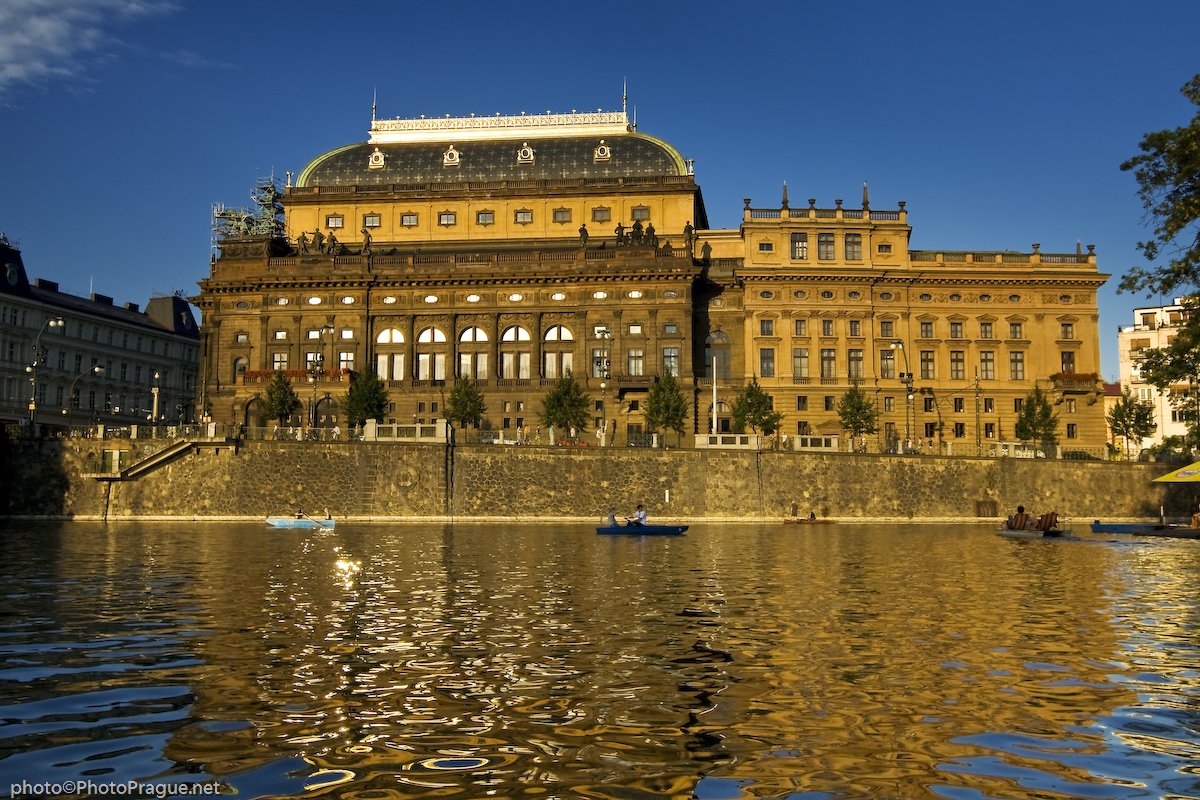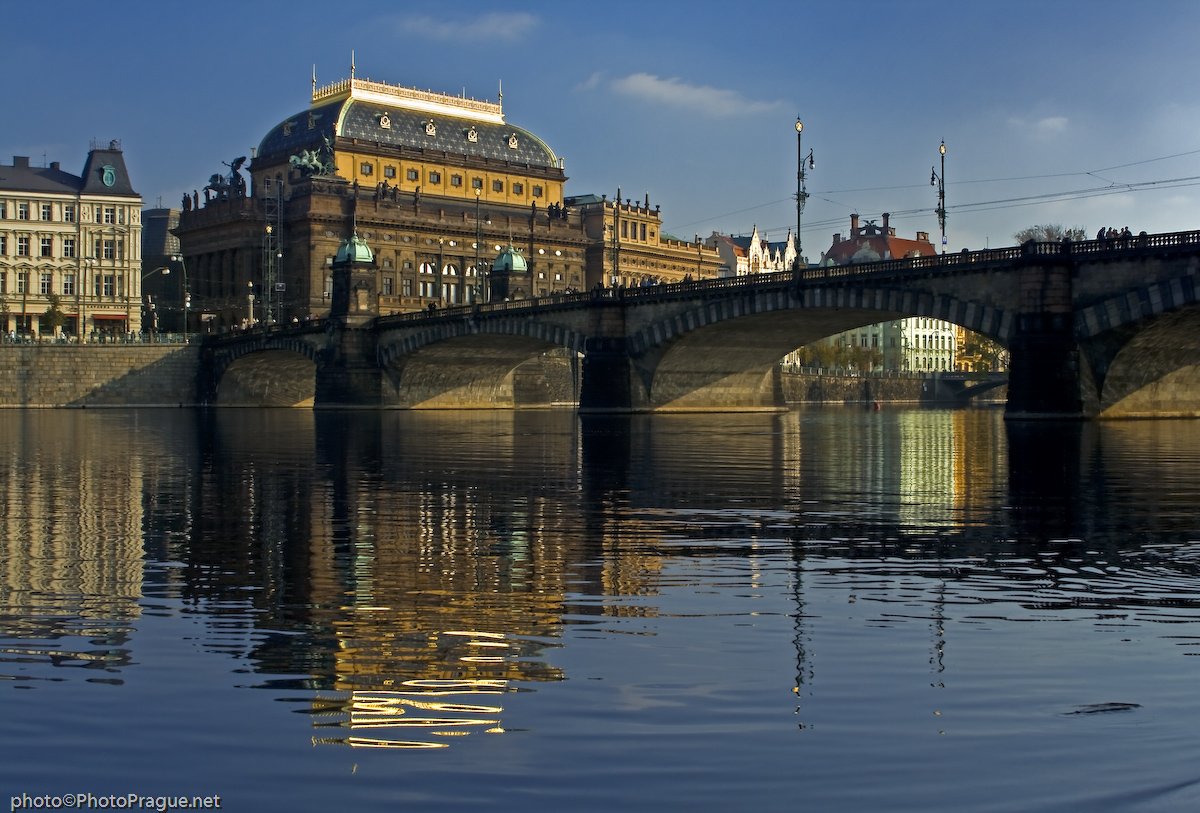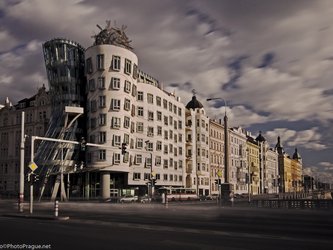Symbol of National Revival...
The National Theatre is the most significant building of the 19th century in Prague. Its founding is linked with the incredible growth of Czech national identity, and the desire to build a truly Czech theatre that is a celebration of Czech culture and that can compete with the biggest theatres in Europe. The creation of the theatre was preceded by a nation-wide collection in which people from all corners of the Czech-lands participated. Emperor Franz Joseph I himself made a significant financial contribution. The nation-wide collection began in 1850, the foundation stone of was laid in 1868 and the theatre was ceremoniously opened in June 1881. In August of the same year, a fire unexpectedly broke out and the building was significantly damaged. This “national catastrophe” rallied the people into unprecedented action, so much so that in a mere 47 days, the colossal sum of one million guilders needed for the rapid reconstruction had been collected. The National Theatre was finally reopened in September of 1883, with the premiere featuring Libuše, the opera by Czech composer Bedřich Smetana.
The building was designed by the excellent Czech architect Josef Zítek, who was also the author of the Neo-Renaissance Rudolfinum building. He had an extremely difficult job designing the building because the plot was of irregular shape and quite small. Zítek devised a brilliant solution to these setbacks: he designed the building in such a way that the lower part would naturally merge with the surroundings, and the upper part, nicknamed the “dome”, would, on the contrary, dominate the surroundings. This “Baroque” approach allowed the Neo-Renaissance building to become not only the most emblematic building and architectural highlight of the whole embankment, but also a symbolic counterpoint to the Prague Castle.
To decorate the theatre, the most talented painters and sculptors of the time were invited. The magnitude of this commission was such that the participating artists are now referred to as the “National Theatre generation”. Among the most outstanding works are lunettes painted by Mikoláš Aleš in the foyer, the frescoes in the auditorium, by František Ženíšek, and especially the extraordinary curtain allegorically depicting the construction of the theatre, which was the work of Vojtěch Hynais.





